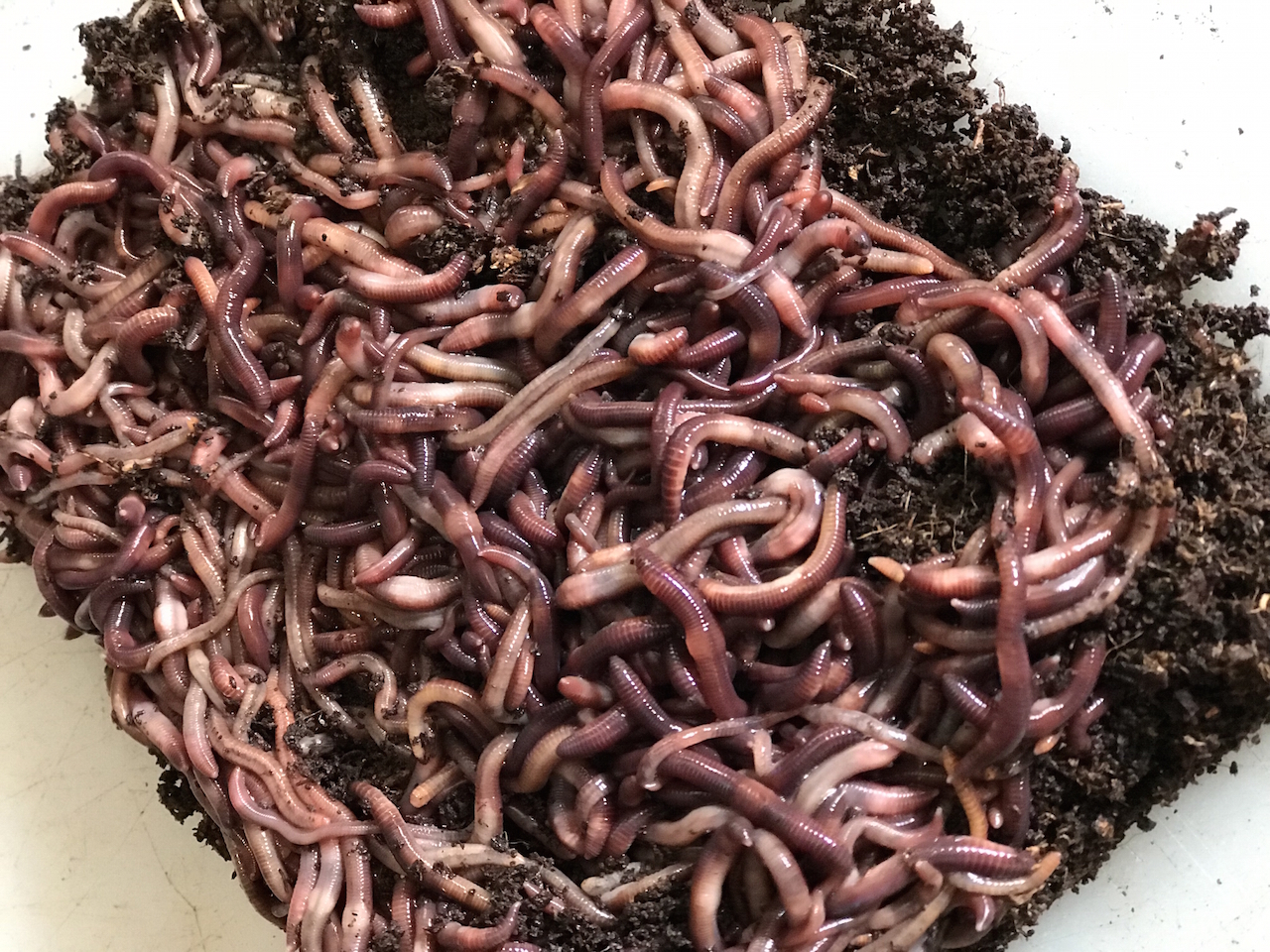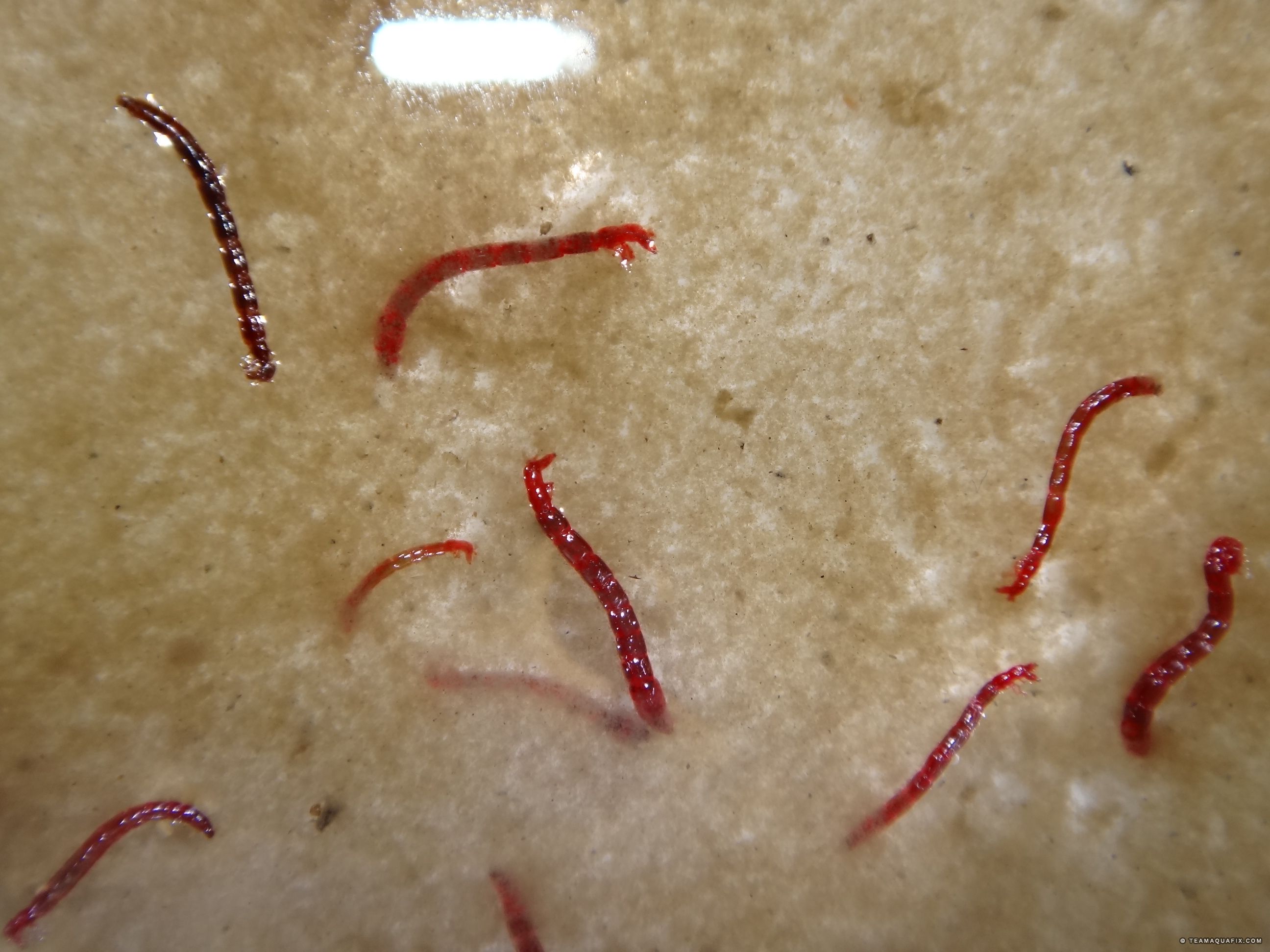The Duty of Red Wigglers in Lasting Horticulture
The combination of red wigglers right into sustainable gardening techniques provides a compelling strategy to boosting soil health and wellness and lowering organic waste. The ramifications of making use of red wigglers extend beyond plain composting; their role in forming a more lasting future warrants a much deeper exploration of their benefits and sensible applications.
Comprehending Red Wigglers
Red wigglers, medically known as Eisenia fetida, are a types of earthworm renowned for their duty in sustainable gardening and composting methods - red wigglers. These worms thrive in disintegrating raw material, making them especially reliable in converting kitchen area scraps and backyard waste into nutrient-rich compost. Unlike typical earthworms, red wigglers have a higher resistance for varying wetness levels and can grow in environments with abundant organic material
(red wiggler worms)Classically, red wigglers are smaller than their earthworm equivalents, generally determining in between 3 to 4 inches in length. They possess a reddish-brown pigmentation and have a segmented body framework that aids in their burrowing and feeding tasks. These organisms are hermaphroditic, meaning each private possesses both male and women reproductive organs, which enables efficient populace growth under optimum conditions.
The environment preferences of red wigglers include wet, dark atmospheres abundant in organic material, such as garden compost bins or worm farms. Their environmental function expands beyond composting; they are integral in aerating the dirt and helping with vitamins and mineral cycling, which inevitably adds to healthier yard ecological communities. red wigglers. Comprehending the biology and actions of red wigglers is necessary for those seeking to apply efficient vermicomposting in sustainable horticulture
Benefits of Vermicomposting
Vermicomposting deals various benefits that enhance lasting gardening practices and contribute to ecological health and wellness. Among the main benefits is the improvement of organic waste right into nutrient-rich garden compost, which boosts soil framework and fertility. The spreadings created by red wigglers are packed with beneficial bacteria and crucial nutrients, making them a superb natural plant food.
Additionally, vermicomposting dramatically decreases garbage dump waste. By diverting cooking area scraps and lawn waste from landfills, this technique not just reduces methane emissions-- a potent greenhouse gas-- but likewise advertises a circular economy, where waste is repurposed as a source.
Another benefit is the enhancement of dirt oygenation and drainage (red wigglers). The burrowing task of red wigglers develops networks in the soil, enabling air and water to penetrate more easily, therefore fostering a healthier root system for plants
Furthermore, vermicomposting can be done on a small scale, making it accessible for urban garden enthusiasts and those with minimal room. This technique motivates environmental stewardship and awareness, as individuals come to be extra involved with their waste administration practices. Ultimately, vermicomposting stands for a lasting, reliable, and green strategy to horticulture that benefits both plants and the earth.
Just How to Begin Vermicomposting
Starting your very own vermicomposting system can be a fulfilling venture that enhances your lasting horticulture practices. To begin, pick a proper container, such as a plastic bin or wood box, with good water drainage and ventilation. The dimension will certainly depend on the quantity of kitchen area scraps you generate; a container of 10-14 gallons commonly is adequate for a home.
Next, prepare the bed linens material. Shredded paper, cardboard, and coconut coir are superb choices, giving a comfortable environment for the red wigglers. Goal for a bedding deepness of about 4-6 inches, which need to be damp but not soaked.
Once the bed linen is established, present your worms. Red wigglers (Eisenia fetida) are the most appropriate for composting. Start with around one pound of worms for each 2-3 pounds of kitchen area scraps weekly.
Begin including kitchen area waste, staying clear of meat, dairy products, and oily foods, as these can attract insects and develop odors. Routinely check the bin's wetness degrees and temperature, guaranteeing it remains within the optimal range for worm activity. With these preliminary actions, you'll be well on your way to producing nutrient-rich garden compost for your yard.
Preserving a Healthy And Balanced Worm Container
A prospering worm bin needs regular treatment and interest to keep an optimal atmosphere for the red wigglers. Trick factors to keep an eye on consist of moisture levels, temperature level, and food supply. Preserving a dampness level akin to a wrung-out sponge is important; way too much water can lead to anaerobic conditions, while too little can dehydrate the worms.
Temperature level is additionally vital, as red wigglers grow in a variety of 55 to 77 degrees Fahrenheit. Extreme temperature levels can emphasize the worms, possibly bring about mortality. As a result, positioning the bin in a climate-controlled area or using protecting products can aid regulate temperature level variations.

Finally, aeration is essential. Consistently turning the bedding and making use of a fork or shovel can avoid compaction and promote air movement, guaranteeing a healthy and balanced, successful environment for the red wigglers. By sticking to these practices, garden enthusiasts can preserve an effective worm container that supports lasting gardening initiatives.
Impact on Dirt Health
Enhancing dirt health with the usage of red wigglers is a fundamental element of lasting gardening. By eating organic issue, red wigglers break down complicated products right into simpler substances, a procedure known as vermicomposting.

(Lake Rhodhiss Worms)Studies have actually shown that dirts enriched with worm spreadings exhibit boosted microbial activity and boosted fertility, resulting in greater plant yields. By including red wigglers into horticulture practices, garden enthusiasts not just enrich their soil yet additionally contribute to a much more lasting agricultural system, emphasizing the interconnectedness of dirt health and environmental stewardship.

Conclusion
To conclude, go to this website red wigglers significantly contribute to lasting horticulture through their effective vermicomposting techniques. Their capacity to convert natural waste right into nutrient-rich compost boosts soil fertility and sustains a diverse microbial ecological community. Their burrowing activity improves dirt oygenation and water retention, benefiting plant health. By advertising waste decrease and fostering a circular economic situation, red wigglers become necessary elements in environmentally friendly gardening campaigns, highlighting their important duty in ecological sustainability.